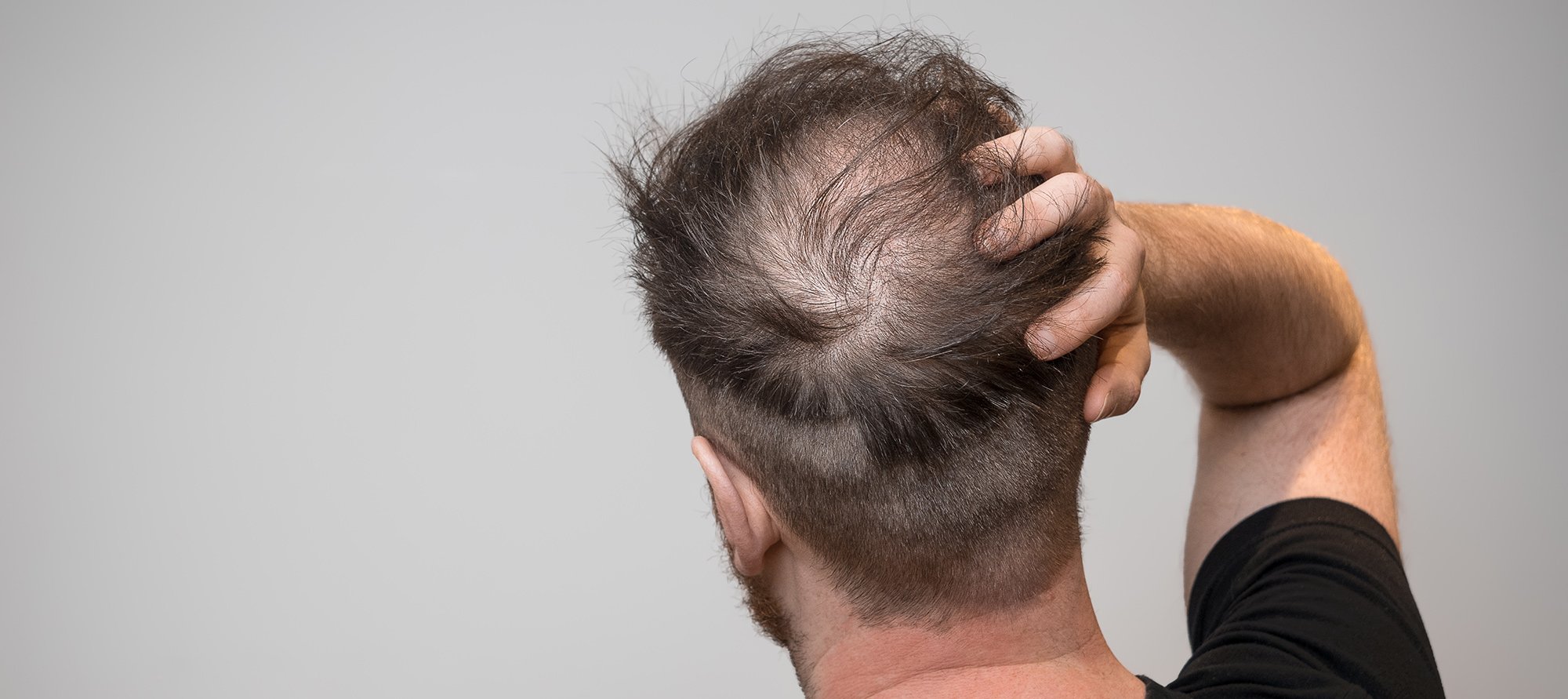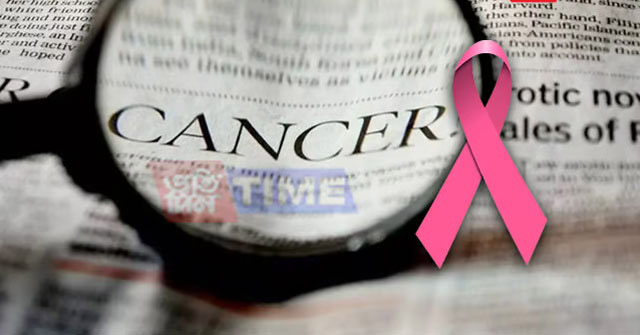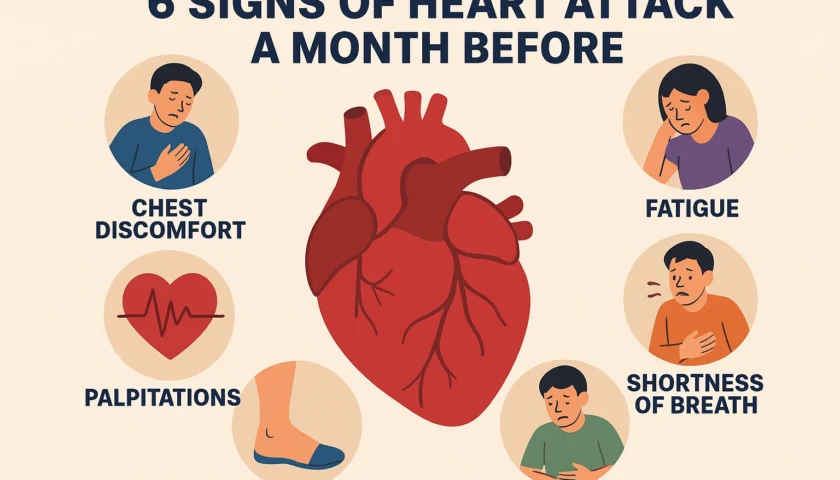A Dermatologist’s Comprehensive Guide to Battling Baldness in Men
By: Saika J
Hair loss is a natural part of life. On average, losing about 50–100 hairs per day is perfectly normal as part of the hair growth cycle. However, when shedding exceeds this range, it becomes a concern. For men, battling baldness can feel like an uphill task, but understanding the underlying causes and solutions can make all the difference. This guide provides a detailed, professional, and easy-to-follow roadmap for tackling male baldness effectively.
Understanding the Hair Growth Cycle
The hair growth cycle consists of four distinct phases. Each plays a vital role in maintaining the health and appearance of your hair:
- Anagen (Growth Phase):
- This is the active phase of hair growth, lasting 2–6 years.
- Hair grows continuously during this phase. In men experiencing hair loss, the anagen phase becomes shorter.
- Catagen (Transitional Phase):
- This phase lasts about 2–3 weeks and signals the end of active growth.
- Hair follicles shrink and detach from the blood supply.
- Telogen (Resting Phase):
- A dormant phase lasting about 3 months.
- New hair begins to grow underneath while old hair is pushed out. For those losing hair, this phase often extends.
- Exogen (Shedding Phase):
- This is when old hair falls out, making way for new strands.
- Increased shedding in this phase is a common symptom of balding.
Why Are You Losing Hair? Common Causes of Male Baldness
If you’re noticing significant hair thinning or a receding hairline, pinpointing the cause is the first step. Male pattern baldness (androgenetic alopecia) is the most common culprit, but other factors may include:
- Genetics: Family history of balding is a strong predictor. Check both paternal and maternal sides for receding hairlines or thinning hair.
- Hormonal Changes: Excessive production of dihydrotestosterone (DHT) can shrink hair follicles.
- Nutritional Deficiencies: Low levels of vitamins D, B12, or iron can exacerbate hair loss.
- Underlying Medical Conditions: Conditions such as hypothyroidism, diabetes, or autoimmune disorders may contribute.
Diagnostic Tests for Hair Fall
A dermatologist can help uncover the root cause of your hair fall through the following tests:
- Vitamin & Mineral Levels:
- Calcium, Vitamin D, and Vitamin B12 tests ensure your body has essential nutrients for hair health.
- Iron Tests:
- Ferritin and TIBC tests check iron levels and your body’s ability to transport it effectively.
- Thyroid Function Tests:
- T3, T4, and TSH tests assess thyroid health, as imbalances often lead to hair loss.
- Blood Glucose Levels:
- Random Blood Sugar (RBS) and HbA1C tests detect diabetes, which can hinder hair growth.
- Complete Blood Count (CBC) and ESR:
- Detect inflammation and overall health status.
Top DOs and DON’Ts for Healthy Hair
Do’s:
- Maintain a Balanced Diet:
- Focus on foods rich in vitamins, minerals, proteins, and Omega-3 fatty acids.
- Include biotin-rich foods like eggs, nuts, and whole grains.
- Use Soft Water for Hair Washing:
- Hard water can damage hair and scalp health. Consider installing a water softener.
- Stay Hydrated:
- Drinking at least 8–10 glasses of water daily promotes scalp hydration and supports hair growth.
- Use Gentle Hair Products:
- Opt for chemical-free shampoos and alternate between two mild formulas.
- Be Gentle With Your Hair:
- Use a wide-toothed comb to reduce breakage. Avoid excessive rubbing while towel-drying.
Dont’s:
- Avoid Harsh Chemicals:
- Refrain from using hair dyes, bleaches, and styling products with alcohol or sulfates.
- Limit Heat Exposure:
- Minimize the use of blow dryers, flat irons, and curling rods.
- Skip Tight Hairstyles:
- Avoid man buns, tight ponytails, or cornrows that put pressure on hair follicles.
- Avoid Protein Powders:
- Excessive protein supplementation can worsen hair loss, particularly for those prone to balding.
- Say No to Hair Oils and Spas:
- Contrary to popular belief, oils and hair spas often do more harm than good. Instead, focus on scalp massages without heavy oiling.
Advanced Dermatological Treatments for Male Baldness
For those experiencing severe hair loss, dermatological treatments can offer effective solutions.
- Platelet-Rich Plasma (PRP) Therapy:
- A small amount of your blood is processed to extract growth factors, which are injected into your scalp to stimulate hair growth.
- Best suited for the early stages of hair thinning.
- Hair Transplantation:
- Ideal for individuals with significant hairline recession.
- A surgical solution performed by certified dermatologists or plastic surgeons.
- Derma-Rolling (Microneedling):
- Stimulates collagen production and enhances hair growth.
- Consult a dermatologist for proper usage and aftercare.
Lifestyle Changes to Support Hair Health
- Exercise Regularly: Physical activity improves blood circulation, which nourishes hair follicles.
- Sleep Well: Poor sleep patterns can exacerbate hair loss. Aim for 7–8 hours of rest daily.
- Reduce Stress: High stress levels can lead to telogen effluvium (stress-induced hair loss). Try meditation or yoga.
Debunking Hair Loss Myths
- Myth: “Oiling your hair can cure baldness.”
Truth: Scalp massage helps, but oil itself has limited impact on reversing hair loss. - Myth: “Shaving your head will make hair grow back thicker.”
Truth: Hair thickness depends on genetics, not shaving frequency. - Myth: “Frequent shampooing causes hair loss.”
Truth: Using a mild shampoo regularly keeps your scalp healthy and prevents build-up.
Bottom-Line
Hair loss can feel disheartening, but it’s not a battle you need to face alone. With the right approach—ranging from lifestyle changes and dietary improvements to advanced treatments—you can regain control over your hair health.
Consult a dermatologist to understand the best treatment plan tailored to your needs. Start small, stay consistent, and remember that taking care of your hair is an investment in your confidence and well-being.
💡 Take the first step today! Explore options, consult a professional, and let the journey to healthier hair begin.




